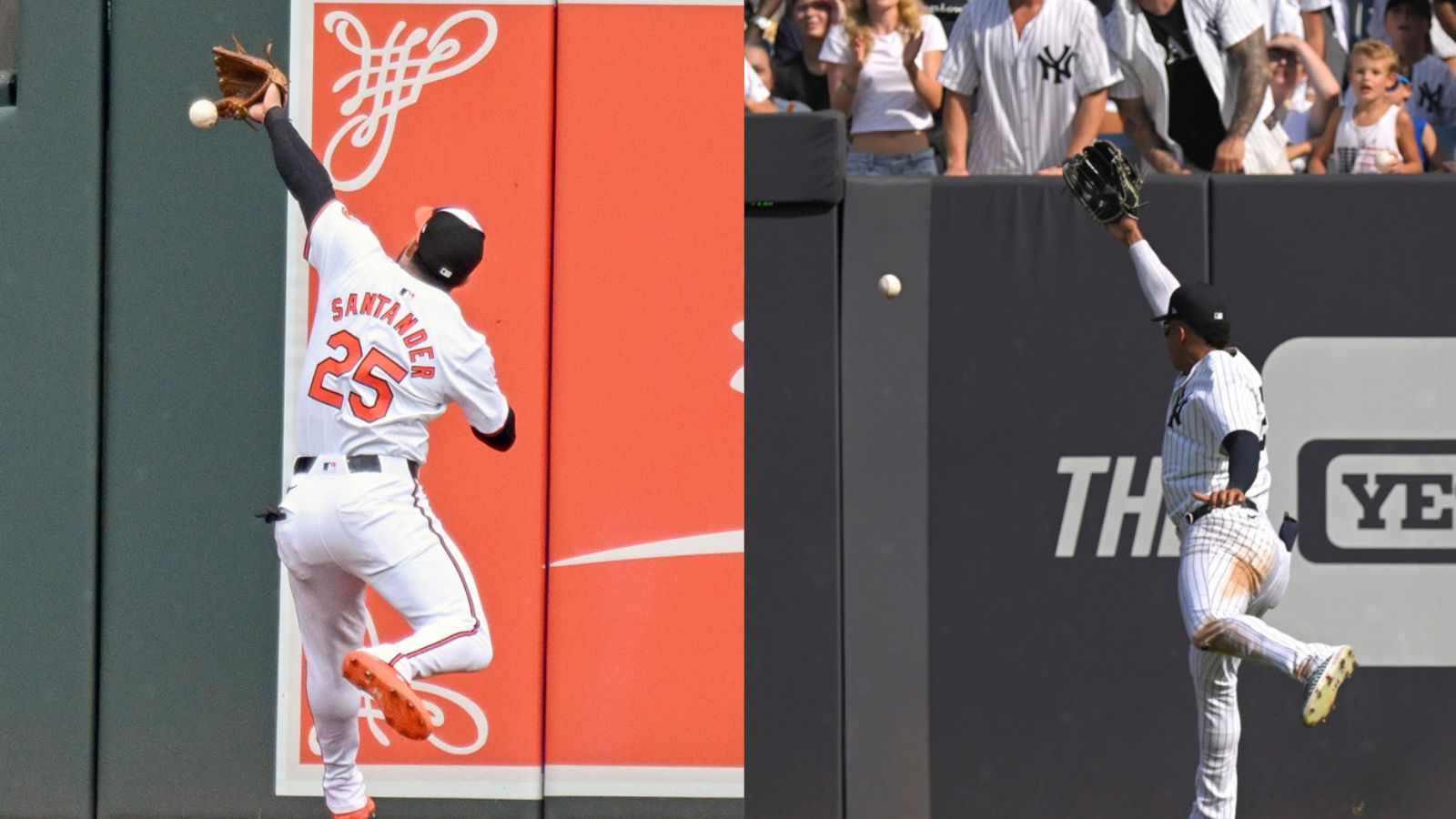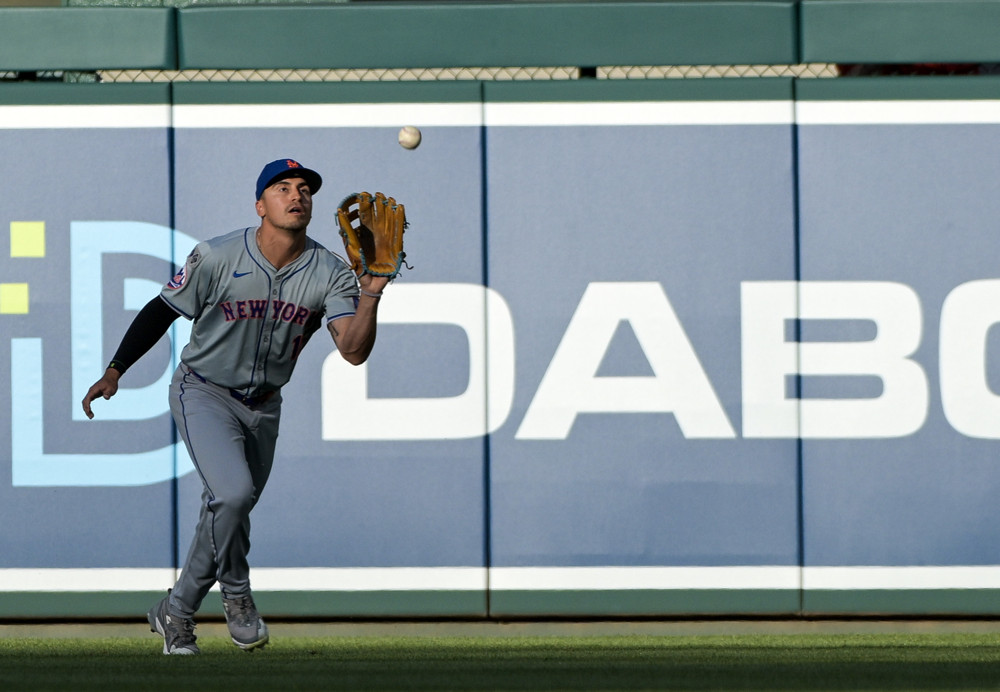With a few weeks remaining in the season, there have been more than 3,000 stolen bases for the first time since 2012. Both the AL and NL stolen base leaders have over 60 apiece for the first time since Michael Bourn and Jacoby Ellsbury did it in 2009, and Trea Turner is a perfect 28-for-28 on stolen base attempts.
Obviously, MLB’s new rules changes are the largest contributing factor to this meteoric rise, but I became curious about what else might influence the stolen base rate. That’s when I started digging into the pitch delivery type.
Pitch delivery type is one of the many things we track at SIS. We categorize deliveries into three different types:
Full-Leg Kick
In-Between
Slide Step
We found one with a side angle that makes it more obvious.
Now, I understand that it’s not exactly rocket science to know that the more time a pitcher takes to deliver the pitch, the better the runner’s chances are of stealing the base. The goal here is simply to apply data to help better understand the disparities between delivery types, as they relate to stolen bases.
I began by collecting some data from this season. The following tables show the number of steal attempts per each delivery type along with the success rate of the baserunners. I separated the data into two different tables: steal attempts into 2nd and steal attempts into 3rd.
A) Attempting to Steal 2nd (2023)
| Delivery Type | # of Attempts | SB Success Rate |
| Full Leg Kick | 2,095 | 84% |
| In-Between | 653 | 77% |
| Slide Step | 102 | 79% |
B) Attempting to Steal 3rd (2023)
| Delivery Type | # of Attempts | SB Success Rate |
| Full Leg Kick | 261 | 89% |
| In-Between | 51 | 84% |
| Slide Step | 6 | 100% |
Looking at the previous two tables, there is one fatal flaw that jumps out immediately. Sample size. There simply isn’t a large enough sample size from 2023 to draw any sort of conclusion about a relationship between stolen bases and delivery types.
So I started doing a little more digging and collected data from the previous six seasons, ranging from 2017 to 2022. I intentionally kept data from 2023 out of this sample because of the impact that the rule changes might have on it.
C) Attempting to Steal 2nd (2017 – 2022)
| Delivery Type | # of Attempts | SB Success Rate |
| Full Leg Kick | 9,249 | 79% |
| In-Between | 3,346 | 71% |
| Slide Step | 660 | 68% |
D) Attempting to Steal 3rd (2017 – 2022)
| Delivery Type | # of Attempts | SB Success Rate |
| Full Leg Kick | 1,121 | 82% |
| In-Between | 211 | 77% |
| Slide Step | 55 | 75% |
Now that’s a sample size I can work with.
As expected, runners are more successful on delivery types that take more time. I found it interesting though that runners have a higher success rate stealing 3rd as opposed to 2nd. Stealing 3rd is inherently much more difficult than its counterpart, so why is this?
This is likely due to the fact that attempting to steal 3rd is a task that’s generally reserved for only the fastest players on the team. Runners must be more certain of success before trying to steal 3rd.
Sample size is also worth noting here, particularly when looking at attempts into 3rd on slide steps. The random variability in 55 attempts could possibly be skewing this number but it’s a significant step up from the 6 attempts in 2023 alone.
When initially looking at the tables above, I noticed how the number of attempts decrease as you go down from full leg kick to slide step. Ultimately, the goal is to prevent the runner from advancing, so preventing him from even trying is a success in its own right. The problem is, the tables above lack a crucial piece of data.
In order to know how effective a delivery type truly is at preventing runners from trying, you must know the total number of times pitchers used each delivery type. I divided the total number of steal attempts per delivery type by the total number of times each type was used with runners on. As you can see below, not all delivery types are used the same amount.
E) 2017-2022
| Delivery Type | Total # of Steal Attempts | # of Times Used
(Runners On) |
Effectiveness |
| Full Leg Kick | 10,370 | 525,310 | 2% |
| In-Between | 3,557 | 182,118 | 2% |
| Slide Step | 715 | 56,470 | 1.3% |
As the table reads, runners are just as likely to take off on an in-between delivery as they are on a full leg kick – 2% of the time. This is a little surprising because runners are thrown out significantly more on in-between deliveries than full leg kicks. Referring back to tables C and D, runners are thrown out 8% more of the time attempting to take 2nd and 5% more attempting to take 3rd. Perhaps in-between deliveries could be the sweet spot for baiting the runner into going then having the catcher throw him out.
Less surprising is the 0.7% drop when a slide step is used. The purpose of a slide step is to speed up the delivery and it’s not exactly hard for runners to notice.
I want to acknowledge that expecting every pitcher to start changing their delivery type is ridiculous. Pitchers use leg kicks for many different reasons including rhythm, timing, and getting their momentum towards the plate. Some pitchers will be able to adapt, many will not. Ultimately, a pitcher’s main focus should be pitch quality. But the information above is worth knowing nonetheless so that we can better understand what we’re seeing.



